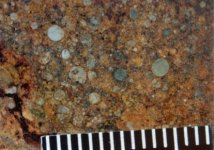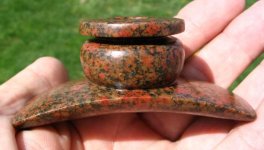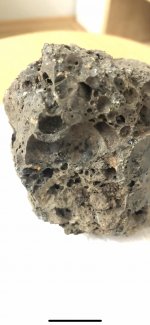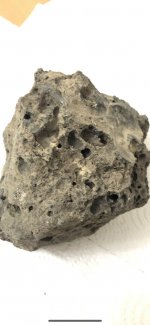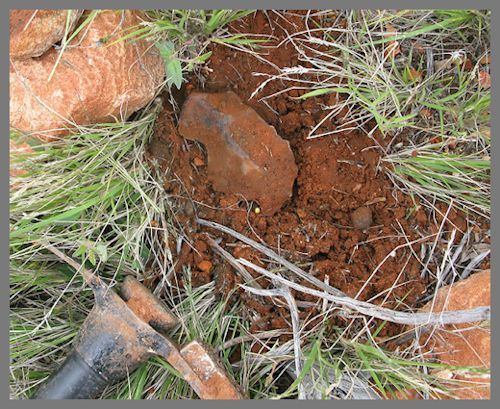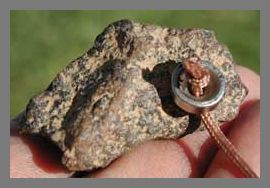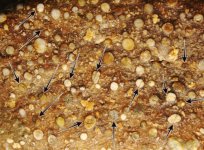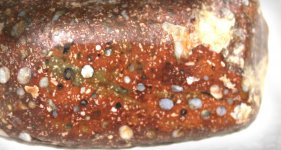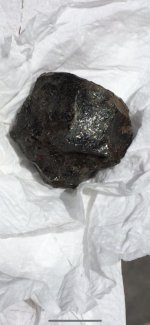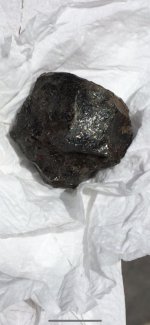Fun hunting
Newbie
- Apr 5, 2021
- 4
- 6
- Primary Interest:
- All Treasure Hunting
Hello, people I found this Indian River bed in central California. I thought it was a meteorite but it failed two tests the fusion crust and magnetic. Please let me know..
Attachments
-
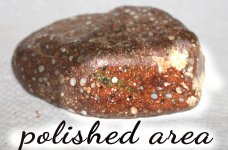 IMG_20210405_215904.jpg557.2 KB · Views: 49
IMG_20210405_215904.jpg557.2 KB · Views: 49 -
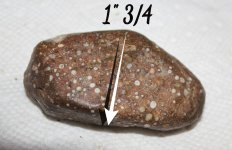 IMG_20210405_214548.jpg309.1 KB · Views: 43
IMG_20210405_214548.jpg309.1 KB · Views: 43 -
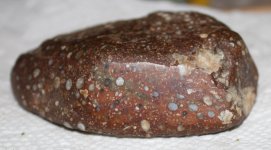 IMG_20210405_215625.jpg404.2 KB · Views: 41
IMG_20210405_215625.jpg404.2 KB · Views: 41 -
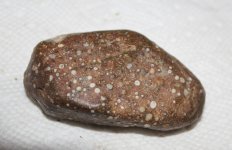 20210405_210323.jpg291.1 KB · Views: 37
20210405_210323.jpg291.1 KB · Views: 37 -
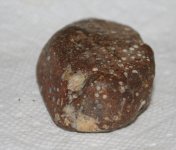 20210405_210640.jpg284.7 KB · Views: 36
20210405_210640.jpg284.7 KB · Views: 36 -
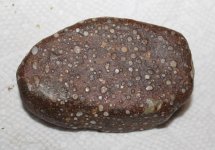 20210405_210350.jpg372 KB · Views: 37
20210405_210350.jpg372 KB · Views: 37 -
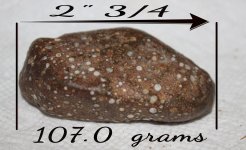 IMG_20210405_215533.jpg537.8 KB · Views: 44
IMG_20210405_215533.jpg537.8 KB · Views: 44



